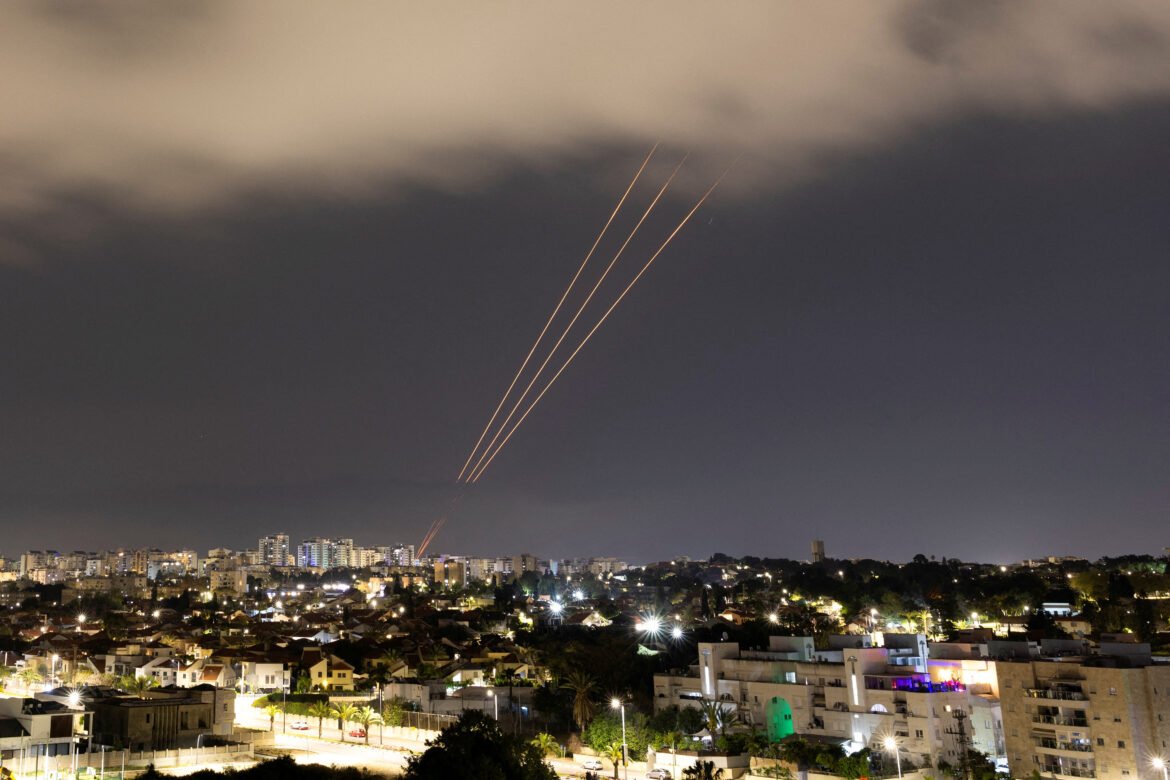Israel has come up with a solution to the growing threat posed by drone attacks, which have become a significant challenge in its ongoing conflict with Hezbollah and other militant groups. Drones, slow, small, and relatively cheap to produce, have been increasingly used to target Israeli military and civilian infrastructure. The most recent and deadly attack occurred near Binyamina, northern Israel, where four soldiers were killed, and dozens were injured in a drone strike. This event has intensified Israel’s focus on developing more effective countermeasures.
Israel’s Response to Drone Threats
Israeli Defense Minister Yoan Gallan, during a visit to the army base damaged in the attack, confirmed that Israel has come up with a solution to drone attacks. He emphasized that “significant efforts” are being made to prevent future drone strikes. The current defense systems, while effective against rockets, have proven less reliable against drones, which have become a recurring problem in the ongoing conflict.
The attack in Binyamina has raised concerns about the efficiency of Israel’s sophisticated and costly air defense systems. While systems like the Iron Dome have successfully intercepted over 90% of rockets fired from southern Lebanon, drones present a more complex challenge. Their small size, low altitude, and slow speed make them difficult to detect and intercept.
The Complexity of Stopping Drones
Unlike rockets, whose flight paths can be calculated upon launch, drones are much harder to track. According to Dr. Yehoshua Kalisky, a senior researcher at the Institute of National Security Studies in Tel Aviv, most of the drones targeting Israel are manufactured by Iran and supplied to groups like Hezbollah in Lebanon, as well as to militias in Iraq and Yemen. These drones have small radar signatures and can fly at low altitudes, sometimes being mistaken for birds, making early detection difficult.
“Drones are challenging to intercept with aircraft because they fly at slower speeds compared to fighter jets,” Dr. Kalisky explained. Israeli media reported that two drones, believed to be Ziyad 107s, crossed into Israeli airspace from Lebanon during the Binyamina attack. While one drone was shot down, the other managed to evade detection and hit an army base canteen, resulting in significant casualties.
Developing New Defense Technologies
In response to the increasing drone threats, Israel has come up with a solution to drone attacks by investing in new defense technologies. The country is exploring a combination of high-powered lasers and microwave cannons to neutralize drones. These advanced technologies aim to disable drones by burning their electronics or disrupting their systems. According to Dr. Kalisky, these solutions are expected to become operational in the near future, offering a more permanent defense against unmanned aerial vehicles (UAVs).
Israel’s current air defense arsenal, including systems like David’s Sling, Arrow 2, and Arrow 3, is designed primarily to intercept ballistic missiles. While effective against larger, faster-moving threats, they are not optimized for dealing with drones. However, Israel’s defense network will soon be strengthened by the addition of a Terminal High Altitude Area Defense (THAAD) battery from the United States, which will be operated by nearly 100 US military personnel. This system is expected to provide an additional layer of protection against aerial threats, including drones.
Ongoing Drone Incidents
Drone attacks on Israel have been increasing in frequency since the war began a year ago. The Alma Research Institute, which specializes in security issues on Israel’s northern border, has documented 559 incidents of drones crossing the border for surveillance or attack purposes. Excluding the recent strike in Binyamina, there have been 11 casualties from drone attacks so far. Sarit Zehani, from the Alma Research Institute, believes the success of the recent drone strike was not due to luck but part of a well-planned effort by Hezbollah to overwhelm Israel’s air defense systems.
Zehani, who witnessed the attack from her balcony in western Galilee, noted that rocket fire and alerts across the border helped Hezbollah’s drones evade detection. This tactic, of overwhelming Israel’s defenses with rocket fire, allowed the drones to penetrate Israeli airspace undetected.
Future of Drone Defense in Israel
As drone technology continues to evolve and become a more prominent threat, Israel has come up with a solution to drone attacks that could reshape how it handles aerial threats in the future. The development of high-powered lasers and microwave cannons represents a significant step forward in Israel’s defense capabilities. These new technologies, combined with existing missile defense systems, are expected to enhance Israel’s ability to defend against drones and other UAVs effectively.
While the solution to drone attacks is still in development, Israeli officials are confident that these measures will provide a more comprehensive defense system capable of addressing the evolving threat from Hezbollah and other groups. As the conflict continues, Israel’s military remains focused on adapting its strategies to ensure the safety of its citizens and soldiers, reducing the risk posed by drone attacks.
Stay connected to know more on arcnews.online for global news like Israel Has Come Up With A Solution To Drone Attack. For videos updates visit our YouTube. Do subscribe to Arcnews to get latest updates directly in your mail box.
Have A Great Day.


